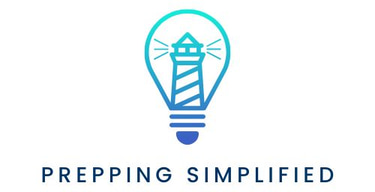NATURAL DISASTERS:
Hurricanes, floods, earthquakes and wildfires – Learn practical steps to secure your home, protect your family, and gather essential supplies for natural disasters.
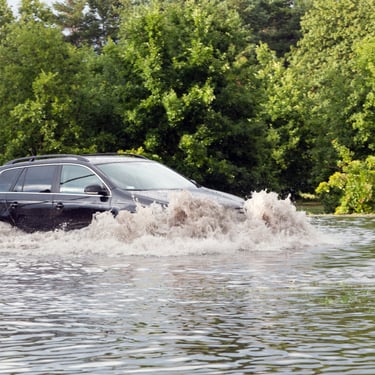
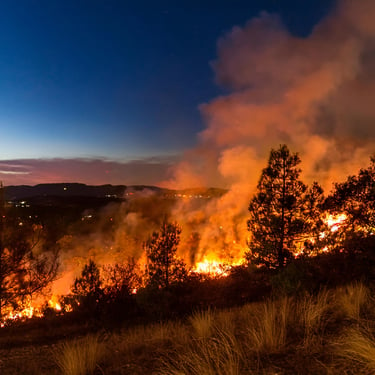
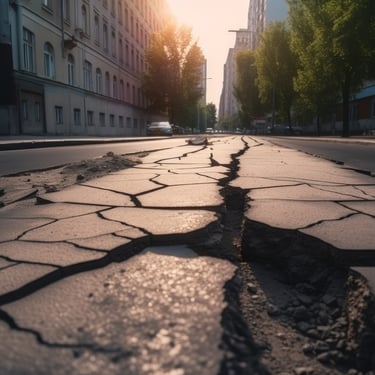
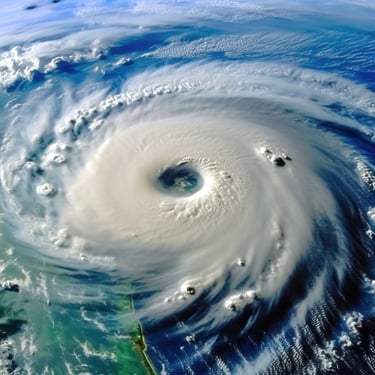
Natural disasters—whether hurricanes, earthquakes, wildfires, or floods—can strike unexpectedly, disrupting lives and communities. Preparation is the key to ensuring your safety and minimizing the impact on your family. This guide provides actionable tips, real-life examples, and product recommendations to help you stay ready for any natural disaster.
1. Create an Emergency Kit
An emergency kit is your first line of defense during a natural disaster. It should contain essential items to sustain your family for at least 72 hours.
What to Include in Your Kit:
Food and Water: Non-perishable food items and water for drinking and sanitation.
First Aid Kit: Include bandages, antiseptics, and prescription medications.
Tools and Supplies: Flashlights, batteries, multi-tools, and duct tape.
Important Documents: Copies of ID, insurance papers, and emergency contact information.
Actionable Tip: Store your emergency kit in a waterproof, durable container and place it in an easily accessible location.
Real-Life Scenario: After Hurricane Katrina, many families who had pre-packed emergency kits were better able to evacuate quickly and manage the initial days of the disaster.
Do: Regularly check and update your kit to replace expired items.
Don’t: Forget to pack supplies for pets if you have them.
Top Picks:
Ready America Deluxe Emergency Kit (4-Person) – A comprehensive 72-hour survival kit.
LifeStraw Personal Water Filter – Provides access to clean drinking water.
2. Create a Family Emergency Plan
Having a clear plan ensures everyone in your household knows what to do during a disaster.
Steps to Develop Your Plan:
Identify evacuation routes and meeting points.
Assign roles for each family member, such as grabbing the emergency kit or assisting children.
Practice drills for scenarios like fires or earthquakes.
Actionable Tip: Write your plan down and share it with all family members. Keep a copy in your emergency kit.
Real-Life Scenario: Families in California who practiced wildfire evacuation drills were able to leave their homes more efficiently during actual emergencies.
Do: Keep your plan simple and easy to follow.
Don’t: Neglect to account for special needs, such as mobility issues or infants.
3. Prepare Your Home for Natural Disasters
Your home can be your best shelter if it's prepared to withstand natural disasters.
Preparation Tips by Disaster Type:
Hurricanes: Install storm shutters and reinforce doors.
Earthquakes: Secure heavy furniture and install seismic gas shutoff valves.
Wildfires: Create defensible space by clearing vegetation near your home.
Floods: Elevate utilities and use sandbags to prevent water entry.
Actionable Tip: Conduct a home inspection to identify vulnerabilities and address them proactively.
Real-Life Scenario: Homes in Florida with hurricane-rated shutters suffered less damage during Hurricane Ian than those without.
Do: Invest in disaster-specific improvements for your home.
Don’t: Wait until the last minute to secure your property.
Top Picks:
Quick Dam Flood Barriers – Easy-to-use water barriers.
Furniture Anchors for Earthquakes – Keep heavy furniture secure during quakes.
4. Stay Informed During the Disaster
Access to real-time information is crucial during natural disasters.
Tools for Staying Updated:
Emergency Radios: Receive weather alerts and evacuation updates.
Mobile Apps: Download FEMA or Red Cross apps for disaster alerts.
Social Media: Follow local emergency services for live updates.
Actionable Tip: Ensure all devices are fully charged before a disaster hits and have backup power sources.
Real-Life Scenario: During the 2020 wildfires in Oregon, residents who used emergency apps received timely evacuation alerts, saving lives.
Do: Monitor multiple reliable sources for updates.
Don’t: Rely solely on internet-based tools, as power outages may occur.
Top Pick:
Midland Weather Alert Radio – Reliable and easy to use.
5. Focus on Health and Safety
Health and safety are paramount during and after a natural disaster.
Health Tips:
Clean Water: Use water filters or purification tablets.
Sanitation: Have hygiene supplies, including wet wipes and portable toilets.
First Aid: Be prepared to handle minor injuries and illnesses.
Actionable Tip: Attend a basic first aid course to build your skills.
Real-Life Scenario: After the Haiti earthquake, access to clean water and first aid supplies prevented outbreaks of waterborne diseases.
Do: Wear protective gear like gloves and masks during cleanup.
Don’t: Ignore small wounds—they can lead to infections.
Top Picks:
Sawyer Mini Water Filtration System – Compact and effective for clean water.
Portable Toilet – Useful for maintaining hygiene in emergencies.
6. Build Mental Resilience
Natural disasters can take a toll on mental health. Prepare to handle stress effectively.
Mental Health Tips:
Stay Connected: Communicate with family and friends for emotional support.
Practice Mindfulness: Use apps or exercises to reduce stress.
Keep Kids Engaged: Have games and activities to keep children calm and occupied.
Actionable Tip: Create a small "comfort kit" with personal items like family photos or favorite snacks to boost morale.
Real-Life Scenario: After Hurricane Harvey, families who stayed connected with neighbors and community groups felt less isolated and managed recovery better.
Do: Seek professional help if stress becomes overwhelming.
Don’t: Neglect emotional well-being—it’s just as important as physical safety.
Top Picks:
Mindfulness Coloring Book for Adults – A creative way to reduce stress.
UNO Card Game – Fun for all ages during downtime.
Natural disasters are unpredictable, but preparation can make all the difference. By building an emergency kit, securing your home, and staying informed, you can protect your family and recover more quickly. Start small, address the most likely risks in your area, and revisit your plan regularly. Preparedness is an ongoing process, but with the right tools and mindset, you’ll be ready to face any challenge.
Disclaimer:
This site contains affiliate links to Amazon. As an Amazon Associate, I may earn a commission from qualifying purchases. Your support helps keep the site running, with no extra charge to you.
The information provided on this website is for general informational purposes only. While we strive to ensure accuracy and reliability, the content is not intended as professional advice. Always consult with qualified professionals for specific needs or situations.
